Yennal Yeongil Naengmyeon (옛날연길냉면)
11.0Km 2021-03-18
31, Jong-ro, 46-gil, Jongno-gu, Seoul
+82-2-747-8898
This is a Korean cuisine located in Dongdaemun Gate, Seoul. A restaurant run by a Chinese. The best menu at this restaurant is cold buckwheat noodles.
Yangpyeong Haejangguk (양평해장국)
11.0Km 2021-03-30
48, Sungkyunkwan-ro 4-gil, Jongno-gu, Seoul
+82-2-742-6960
It is a favorite place frequently visited by the residents of Hyehwa-dong. This restaurant's signature menu is hangover soup. This Korean dishes restaurant is located in Jongno-gu, Seoul.
Maman Gatequ (마망갸또)
11.0Km 2021-03-29
30-12, Apgujeong-ro 10-gil, Gangnam-gu, Seoul
+82-70-4353-5860
It is a dessert café. The best menu at this restaurant is shaved milk ice. This cafe restaurant is located in Gangnam-gu, Seoul.
Teatro ArKo (아르코예술극장)
11.0Km 2021-01-27
Daehak-ro 10(sip)-gil17, Jongno-gu, Seúl.
+82-2-3668-0007
El Teatro Arko fue Inaugurado el 1 de abril de 1981 con el objetivo de desarrollar las arte escénicas, promover su popularidad y ofrecer oportunidades a las organizaciones artísticas y culturales con problemas económicos.
Este teatro ha contribuido al progreso de las artes escénicas de Corea durante los últimos 24 años. Hasta 2004 se registraron 20.581 funciones y 4.067.245 espectadores.
Su aparición influyo bastante al nacimiento de otros teatros y juntos lograron que Dongsung-dong se conviertiera en
el corazón de las artes escénicas de Corea.
Actualmente en esta zona se encuentran 58 teatros en total y presentan diversas obras sin días de descanso.
Hotel Pavia (파비아호텔)
11.0Km 2020-03-09
510, Buil-ro, Bucheon-si, Gyeonggi-do
+82-32-614-7500
Hotel Pavia is the first tourist hotel in the Bucheon area and has received high praise throughout its 25 years of history. Subsidiary facilities include restaurants, a banquet hall, a wedding hall, and karaoke. Most guestrooms are equipped with PCs with high-speed internet access, enabling business travelers to work comfortably from their rooms.
Sona (소나)
11.0Km 2019-01-26
40, Gangnam-daero 162-gil, Gangnam-gu, Seoul
Located in Sinsa-dong's Garosu-gil, Sona offers pleasure to both eyes and taste buds. With a hint of traditional French collaborated into American-style desserts, an expert patisserie prepares a dessert course on the spot.
RYUNIQUE (류니끄)
11.0Km 2021-04-05
40, Gangnam-daero 162-gil, Gangnam-gu, Seoul
+82-2-546-9279
This restaurant specializes in fusion dishes selected in the Michelin Guide 2021. This restaurant's signature menu is set menu. This Korean dishes restaurant is located in Gangnam-gu, Seoul.
Paju Gamaksan - Daehangro Branch (파주감악산 대학로)
11.0Km 2021-03-19
4, Daehak-ro 12-gil, Jongno-gu, Seoul
+82-2-747-7274
A meat restaurant that is the ideal meeting place. The most famous menu is grilled Korean beef sirloin. A barbecue specialty restaurant located in Daehak-ro, Seoul.
KITCHEN LAB Garosugil(키친랩 가로수길)
11.0Km 2021-02-18
30-1 Apgujeong-ro 10-gil Gangnam-gu Seoul
+82-507-1402-0554
It is a trendy Italian casual restaurant. This Western dishes restaurant is located in Gangnam-gu, Seoul. The most famous menu is steak.
Barrio del Tteokbokki de Sindang-dong (신당동 떡볶이 골목)
11.0Km 2022-09-22
Dasan-ro 33-gil 10-18, Jung-gu, Seúl.
El Barrio del Tteokbokki de Sindang-dong se remonta a los años 70 del siglo XX, pero su mayor auge llegó en los años 80. Además de ser presentado en programas de televisión populares de la época, el período también fue marcado por los mejores tiempos del béisbol de la escuela de secundaria, donde los estudiantes se aglomeraban en las calles durante los partidos entre la Escuela Duksoo Commercial y la Escuela Sunrin Commercial (ahora Sunrin Internet). Pasados los años, los antiguos estudiantes de la escuela siguen visitando la zona para recordar su juventud y seguir comiendo el especial tteokbokki. Sin embargo, algunos dicen que la historia de este barrio empezó en los años 50. La propietaria del restaurante Mabokrim Halmeoni Tteokbokki dice que el tteokbokki se empezó a vender en el año 1953, cuando en la zona estaba el teatro Donga y ella vendía tteokbokki, maíz y patatas a los visitantes. En un principio, el tteokbokki estaba simplemente hecho de gochujang, pero se fueron añadiendo ingredientes como huevos, fideos, pasta de pescado, y más recientemente calamar, gambas y queso para darle un mejor sabor; y lo que era una simple merienda se ha convertido en un plato principal.
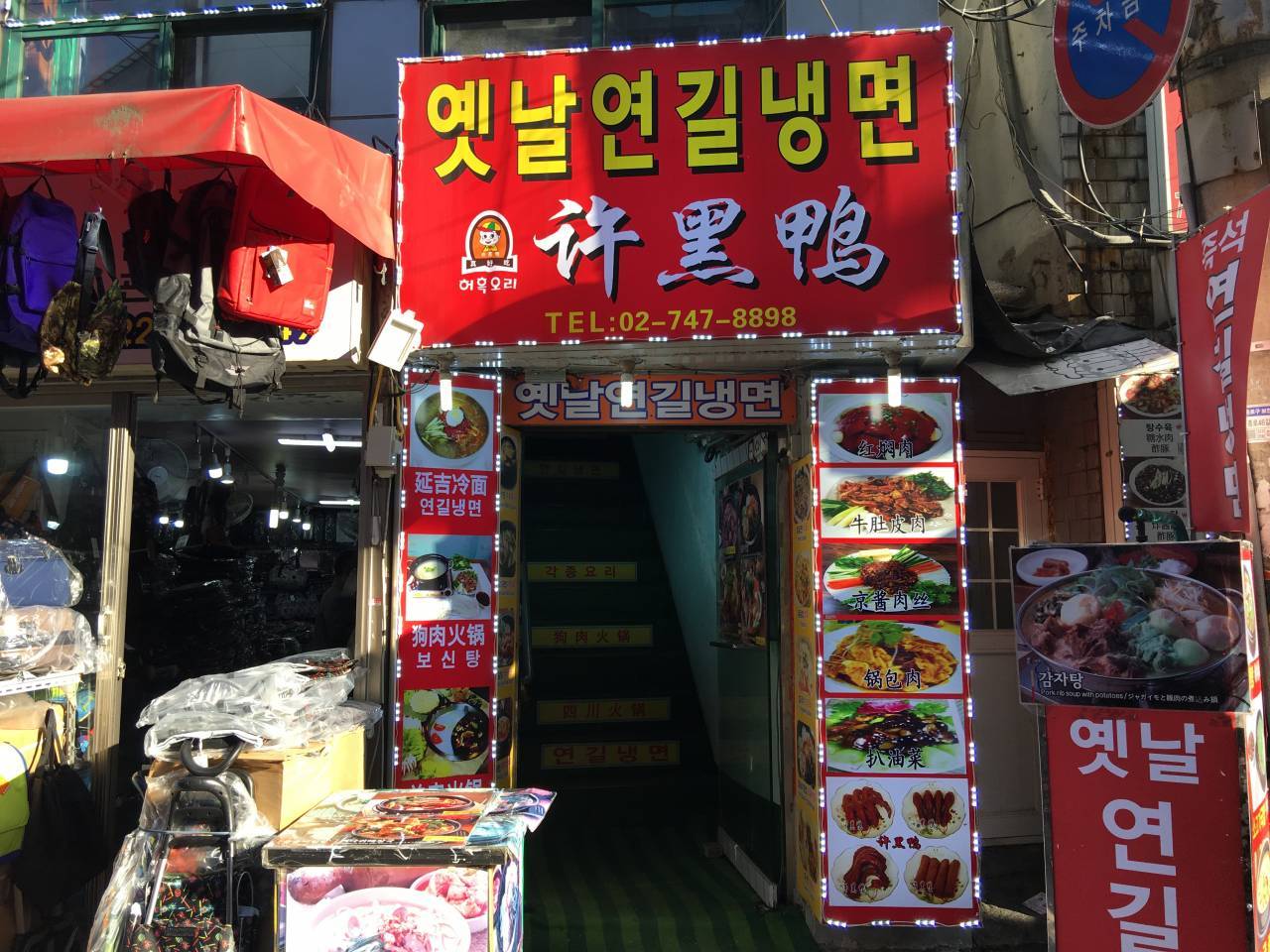
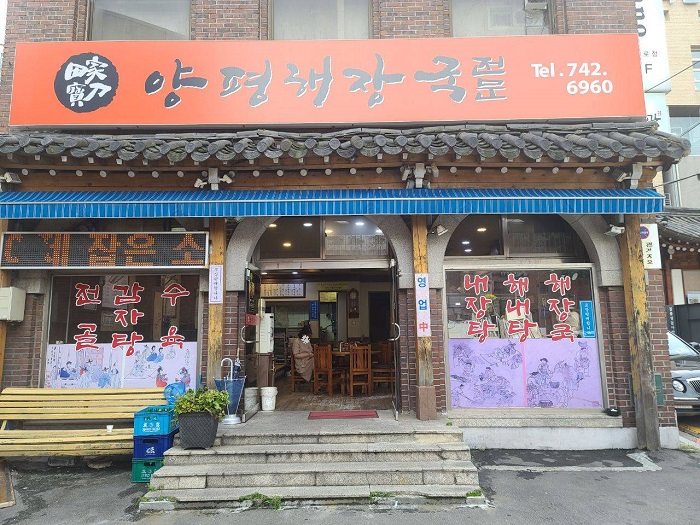
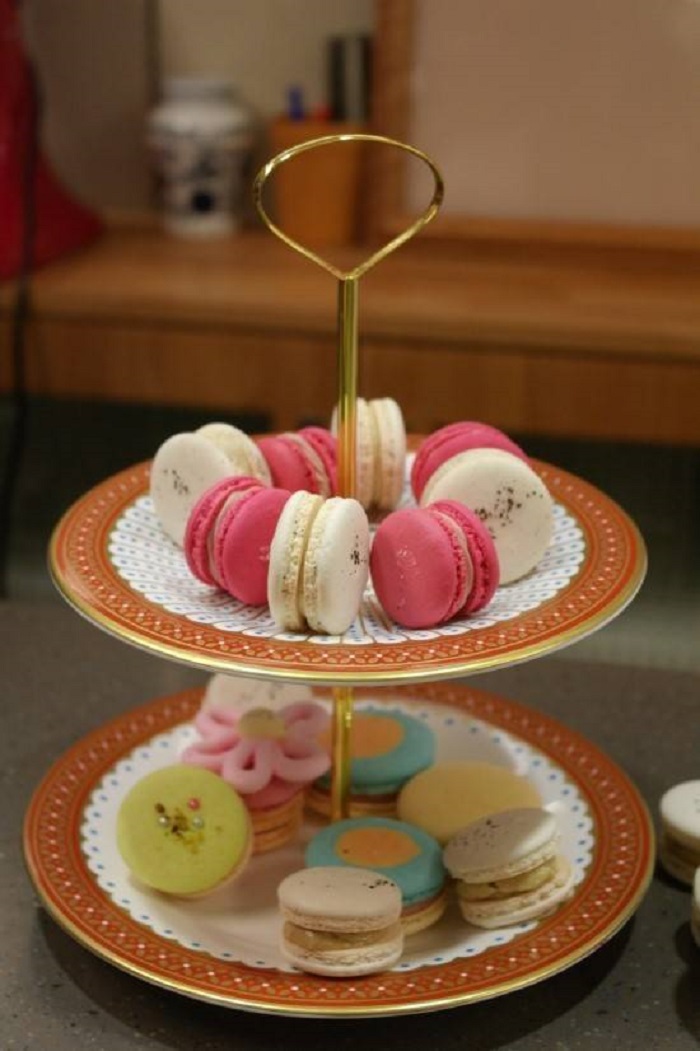
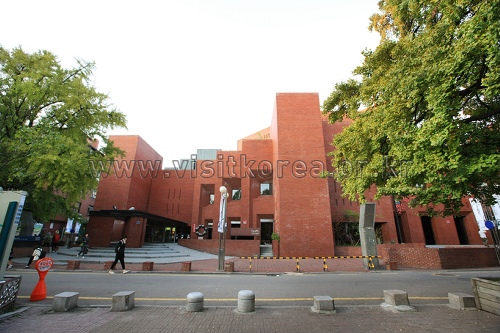
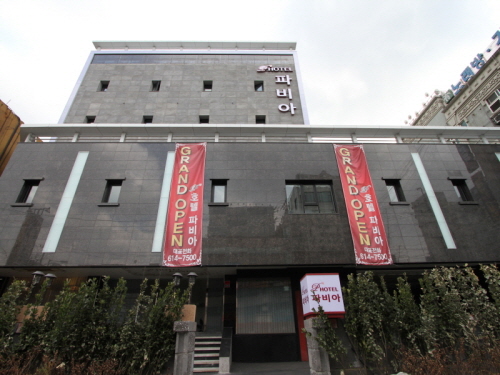
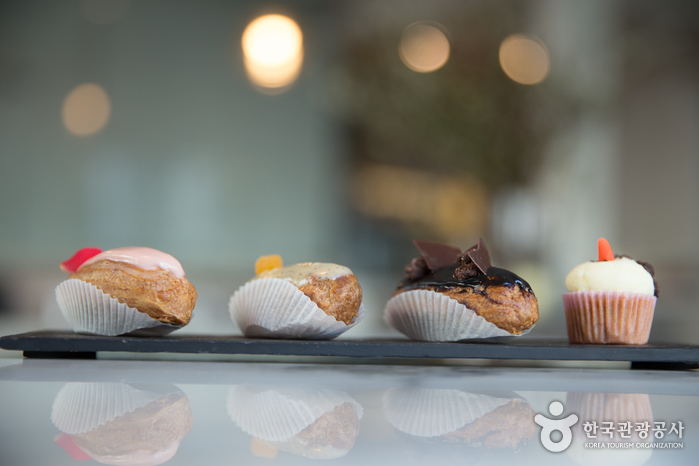
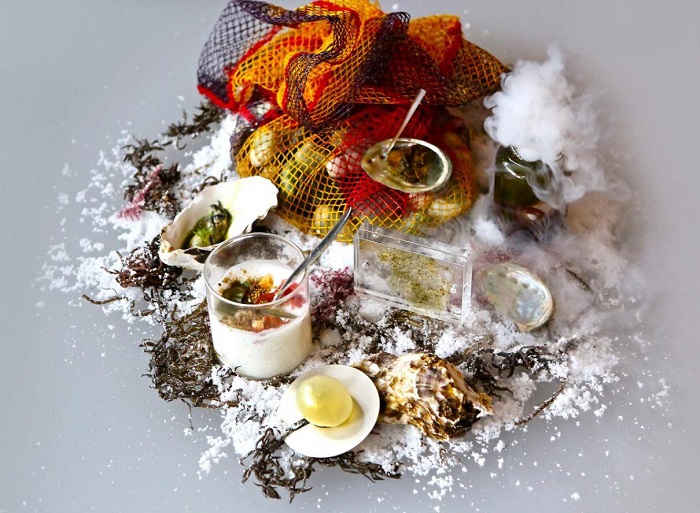
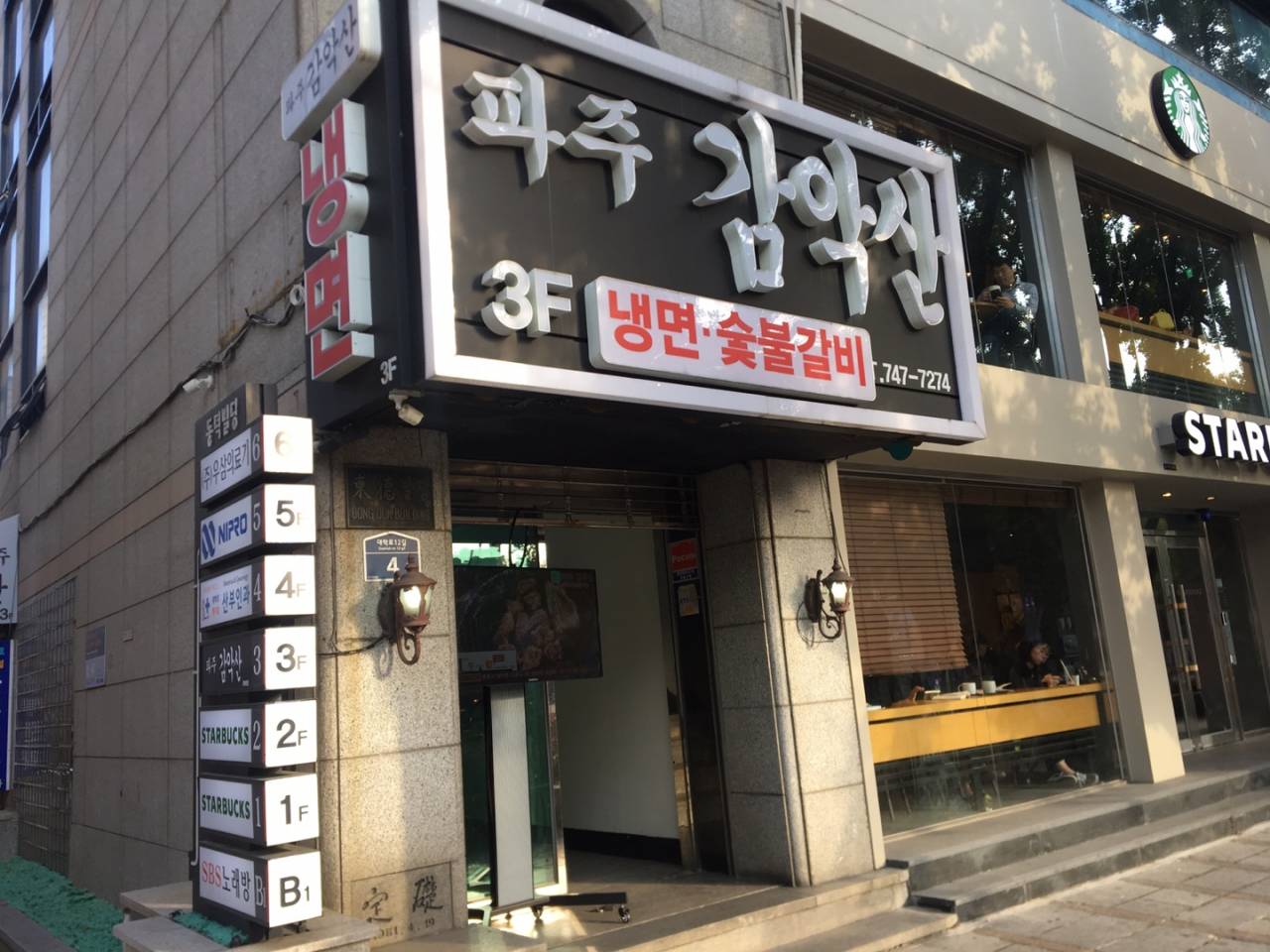
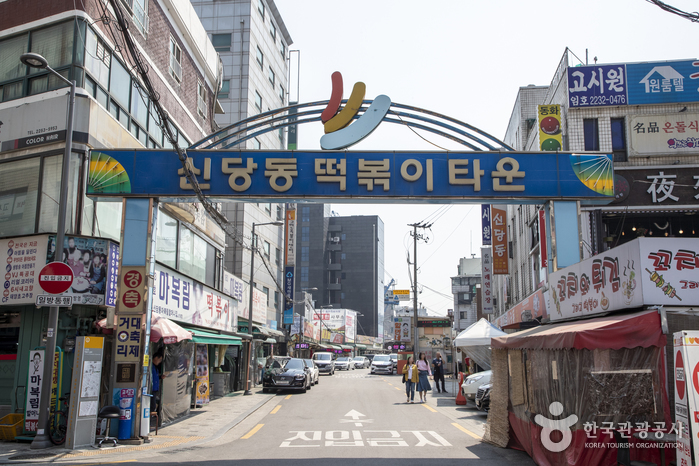
 Español
Español
 한국어
한국어 English
English 日本語
日本語 中文(简体)
中文(简体) Deutsch
Deutsch Français
Français Русский
Русский